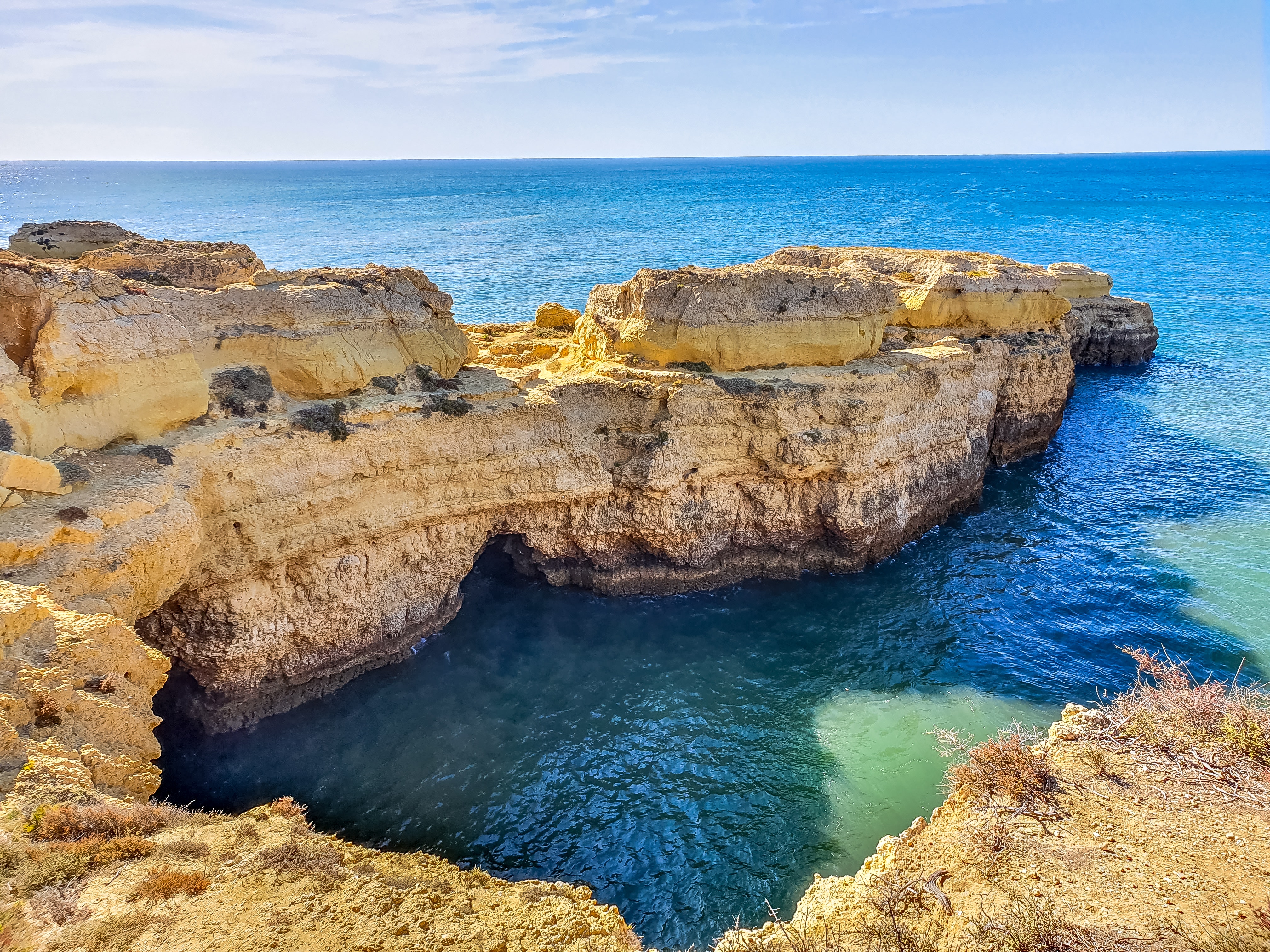Douro Wines and Portuguese Food: The Perfect Pairings

With the plentiful information we’ve provided about Port and Douro wines, and the beautiful area they originate from this November, hopefully, you’re itching to put together the perfect wine trip to the Douro Valley. Lists of the wineries you’re dying to visit are being rapidly typed up. Maps are strewed across your kitchen table. And perhaps you’ve even stumbled upon the perfect location for your eno-tourism accommodation. The only element you may be missing is, what to eat on this fabulous whirlwind wine tour, which we can organize for you. (Photo by Nuno Dantas)
Many are familiar with the dishes in your neck of the woods that pair well with Port and Douro wines, but probably few are knowledgeable as to the types of traditional foods that the Portuguese (especially the Douro locals) like to have with their wine. So allow us to offer some suggestions.
These are foods that you can easily find at most local restaurants, cafés, markets, and grocers, along with the Portuguese names so you won’t need a translator.
Douro Table Wines – Whites
One of the lesser-known styles of wines of the region, Douro whites tend to be drier, smoother and richer than the coastal white wines of the south, trading light citrus notes for abundant floral and mineral ones. Fuller-bodied age-worthy whites usually spend some time in oak, taking on a golden color with rich tropical fruit flavors. Douro whites are typically produced from a blend of native Gouveio, Viosinho, Rabigato and Malvasia Fina varietals.
Portuguese Foods to Pair
Young Douro whites are great with grilled fish dishes. Try a robalo grelhado (grilled chilean seabass) accompanied by a light salada mista (mixed salad). Shellfish also pairs well, such as sapateira (stone crab) mexilhões (mussels) and ameijoas (clams). You can find plenty of these foods when dining in the city of Porto, the gateway to Douro.
Mature Douro whites are nice with light bacalhau (saltcod) dishes, such as bacalhau cozido com grão (boiled saltcod with chickpeas) or bacalhau assado (roasted saltcod) as well as light frango (chicken) and coelho (rabbit) dishes paired with white sauces. Try our Braised Portuguese Rabbit Recipe and our Boiled Saltcod with Chickpeas Recipe.

Douro Table Wines – Reds
Douro tintos, predominately made from a mono-cast or blend of the famous Touriga Nacional, along with Tinta Roriz (Tempranillo in Spain) and Touriga Franca (or Touriga Francesa) among many others are usually quite robust, full-bodied and tend to be more earthy with hints of mushroom and barnyard aromas compared to the fruitier southern reds of Portugal, but can also exhibit some rich dark red fruit flavors as well. Douro reds have great aging potential but can also be enjoyed young, with more redder fruit and chocolate notes.
Portuguese Foods to Pair
Rich, earthy intense Douro reds demand a rich, earthy meat. Especially at this time of the year, there’s nothing better than local caça (game meat), such as veado (venison) and javali (wild boar). The Portuguese enjoy making roasts and stews out of game meats, and if you’re lucky to find them accompanied by some local cogumelos silvestres (wild mushrooms), then you’ve won the lottery! Additionally, any roasted or stewed beef (lombo de vaca assada/estufada) is a nice pairing. Mature reds are also lovely with certain types of Portuguese cheese, such as the locally produced goat cheese called Queijo de Cabra Transmontano.
For the younger, fruitier Douro reds, enjoy them with the Northern dish cabrito assado (roasted kid goat), or cabrito in any form – grelhado (grilled) or estufado/guisado (stewed/braised)! Costoletas de vitela (veal chops) and coelho estufado (stewed rabbit- normally prepared with red wine) are also common and a great pairing with young reds and even some types of bacalhau (saltcod) dishes that are on the heavier side, such as bacalhau com natas (saltcod “potato gratin”), bacalhau à gomes de sá (shredded saltcod baked with onions, potatoes and topped with boiled eggs, olives and parsley) or bacalhau com broa (baked saltcod crusted with a local cornbread). Young reds also pair well with some Portuguese sheep’s milk cheeses, such as Castelo Branco.

Port Wines – Ruby, Reserva, LBV and Vintage
These are the non-oxidized styles of Port, matured either in stainless steel tanks or within the sealed bottle to prevent exposure to air to keep their signature, deep, ruby-red color. They exhibit sweeter, fruitier flavors than Tawny Ports with Ruby being the lightest and becoming bolder and richer in intense fruit flavors as one progresses up the line through Ruby Reserva, LBV and Vintage Ports.
Portuguese Foods to Pair
Non-oxidized styles of Port are excellent with Portuguese raw milk amanteigado or “smooth like butter” style cheeses, such as Serra da Estrela and Azeitão. These Ports, especially the LBV, are also great with chocolate desserts and the Portuguese are fond of making mousse de chocolate, found in local restaurants either as its own dessert or commonly mixed with sweetened condensed milk, cookie bits and whipped cream in the doce da casa (house dessert). Dark chocolate is the best for these Ports; hence, if you want to pair them with just chocolate, try one of the many selections from Porto’s Arcadia chocolate, the most famous Portuguese handmade chocolate in the country.

Port Wine – Tawny, Colheita and Aged Tawnies
These are the oxidized styles of Port, matured in oak barrels and being exposed to air, allowing the wine to lose its bright red color to develop a golden brown or “tawny” color. This color also gives these wines their nutty, dried fruit characteristics and syrupy texture, becoming more pronounced as the get higher in quality and matured longer in the barrel, such as in the Colheita and the 10, 20, 30 and 40 year Aged Tawnies. These Ports are also higher in alcohol than the Ruby style.
Portuguese Foods to Pair
Tawnies go great with anything nutty, especially almonds and walnuts, so try one of the many Portuguese almond-based desserts such as a tarte de amêndoa (almond tart) or serradura de amêndoa (like a mixed cookie and almond mousse – my favorite!), and for walnuts, a slice of bolo de noz (walnut cake) would be an excellent option. 10- year Tawnies in particular are also good with orange-based Portuguese desserts, such as a tarte de laranja (orange tart) orbolo de laranja (orange cake) or caramel-based desserts like baba de camelo (thick caramel mousse). 20-year Tawnies are better with leite creme – the Portuguese version of creme brulée. Both also go well with Portuguese doces conventuais – classic conventual desserts made from a base of egg yolks and sugar, such as touchinho do céu – a type of moist egg tart/cake that you can normally find in many restaurants or Pao de Lo. As for the 30 and 40 year Tawnies, most Portuguese prefer to drink it as a dessert on its own. With cheese, Tawnies do better with harder, cured cheeses, such as an aged Serra da Estrela or perhaps the nutty Queijo da Ilha. Finally, Tawny Ports are just simply delicious paired with your after-dinner Portuguese café.

Moscatel do Douro
Moscatel is a fortified wine made exclusively from the Moscatel grape and has a slightly lower alcohol content than Port wine. With the exception of the White Moscatel, the Moscatel do Douro is similar in style to the more widely known and produced Moscatel de Setúbal , but made from a different Moscatel variety called Moscatel Galego. It’s golden sunset color and velvety texture come from several years aging in oak barrels, giving it beautiful honey, caramel, and orange peel flavors. When Moscatels are aged, they take on more dried fig and walnut flavors.
Portuguese Foods to Pair
Moscatel makes for an ideal dessert wine, pairing well with almost any type of Portuguese almond, walnut, orange and egg-based desserts like the ones mentioned above with Tawny Ports, including pudim, the Portuguese version of flan, as well as chocolate, coffee and hazelnut based desserts. If you make to Portugal during the holiday season, Moscatel is delicious with a slice of bolo do rei – king cake, which is like the Portuguese version of fruit cake (only much, much better!).

Other Douro Wines – Espumante (Sparkling) and White Ports
Espumantes (Portuguese sparkling wines) are basically the sparkling versions of the Douro whites, normally made from the same blend of varietals and tend to be more full-bodied in general. White Ports are also made from many of the white wine varieties among others and matured in a similar way as a Tawny, but having both dry and sweet styles along with indicated ages.
Portuguese Foods to Pair
Both of these types of wines are great just as an aperitif at the beginning of the meal, but also pair well with heavier types of peixe grelhado – grilled fish, and marisco – shellfish, like sapateira (stone crab), lagosta (lobster) and camarão/gambas (shrimp/prawns). Espumante brut and meio-seco (half dry) are also traditionally used as a toast for birthdays in Portugal and thus pair well with egg-based cakes used for birthday cakes.








You must be logged in to post a comment.